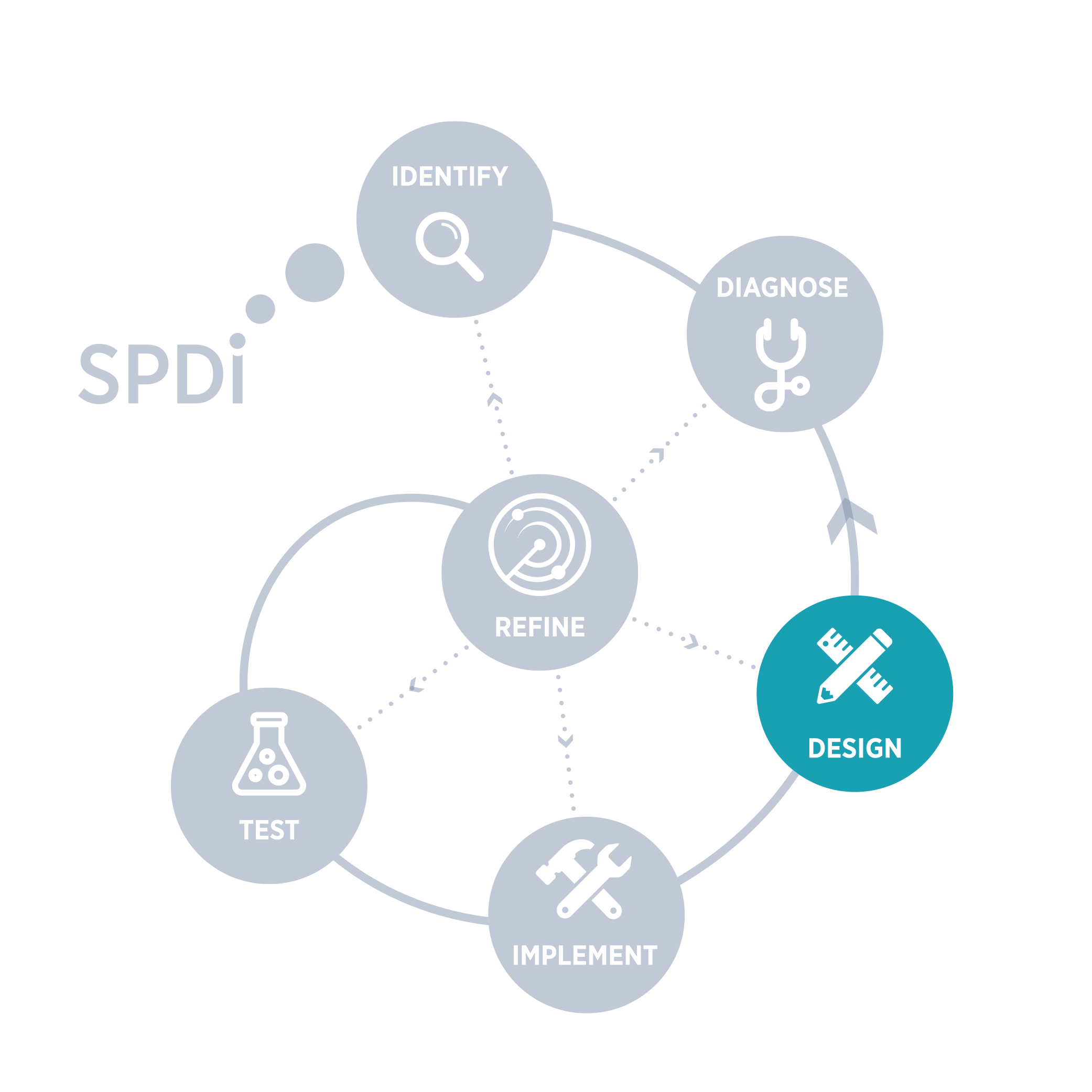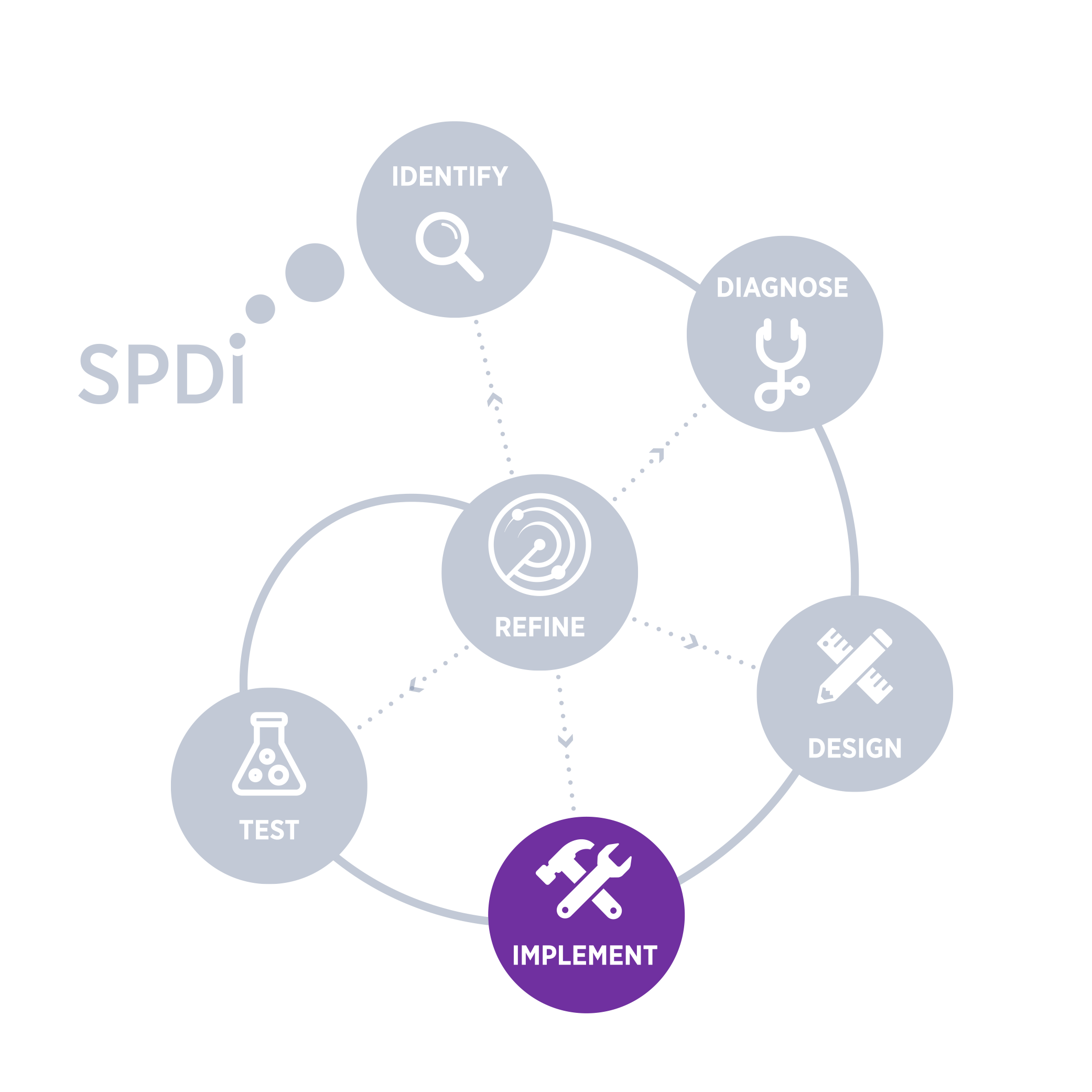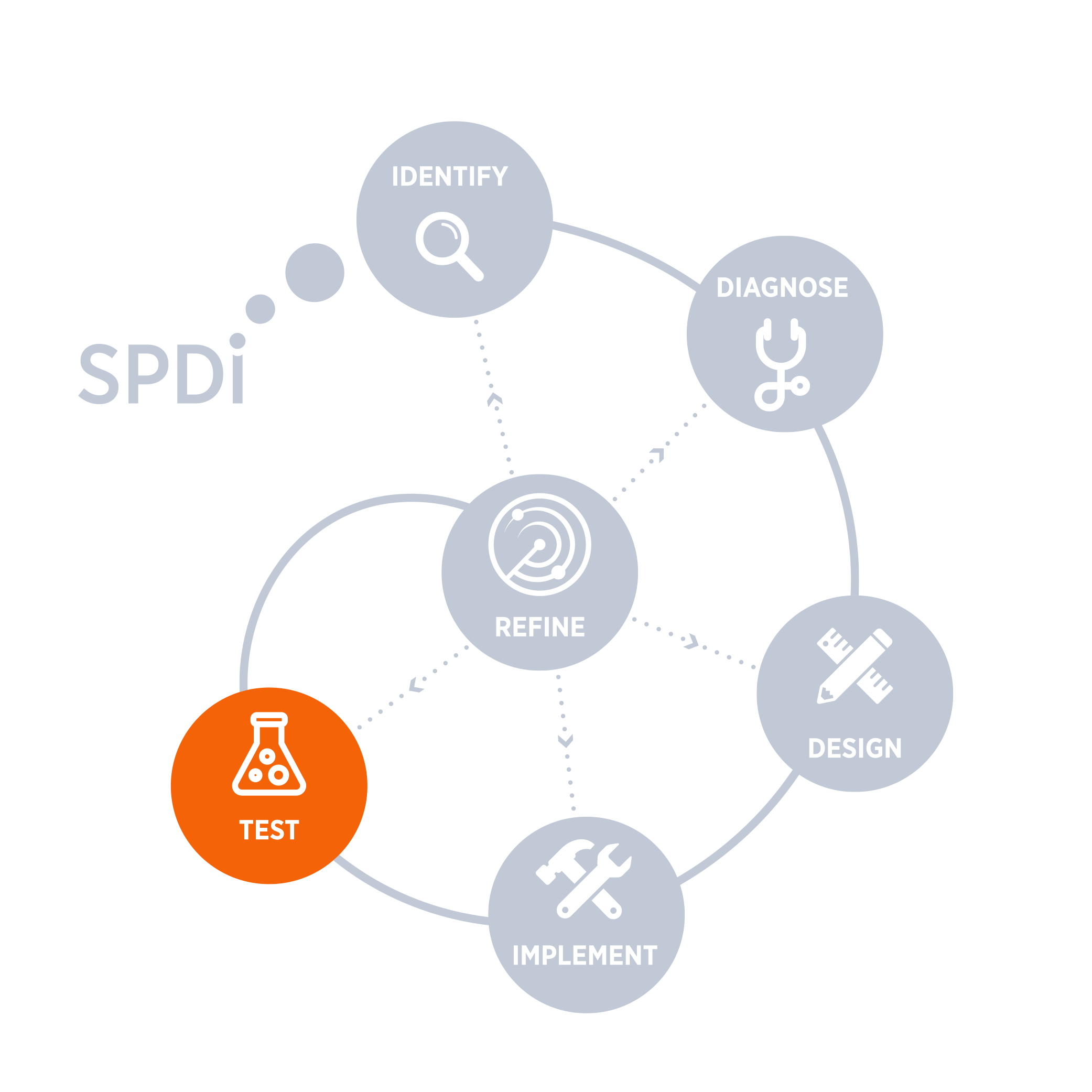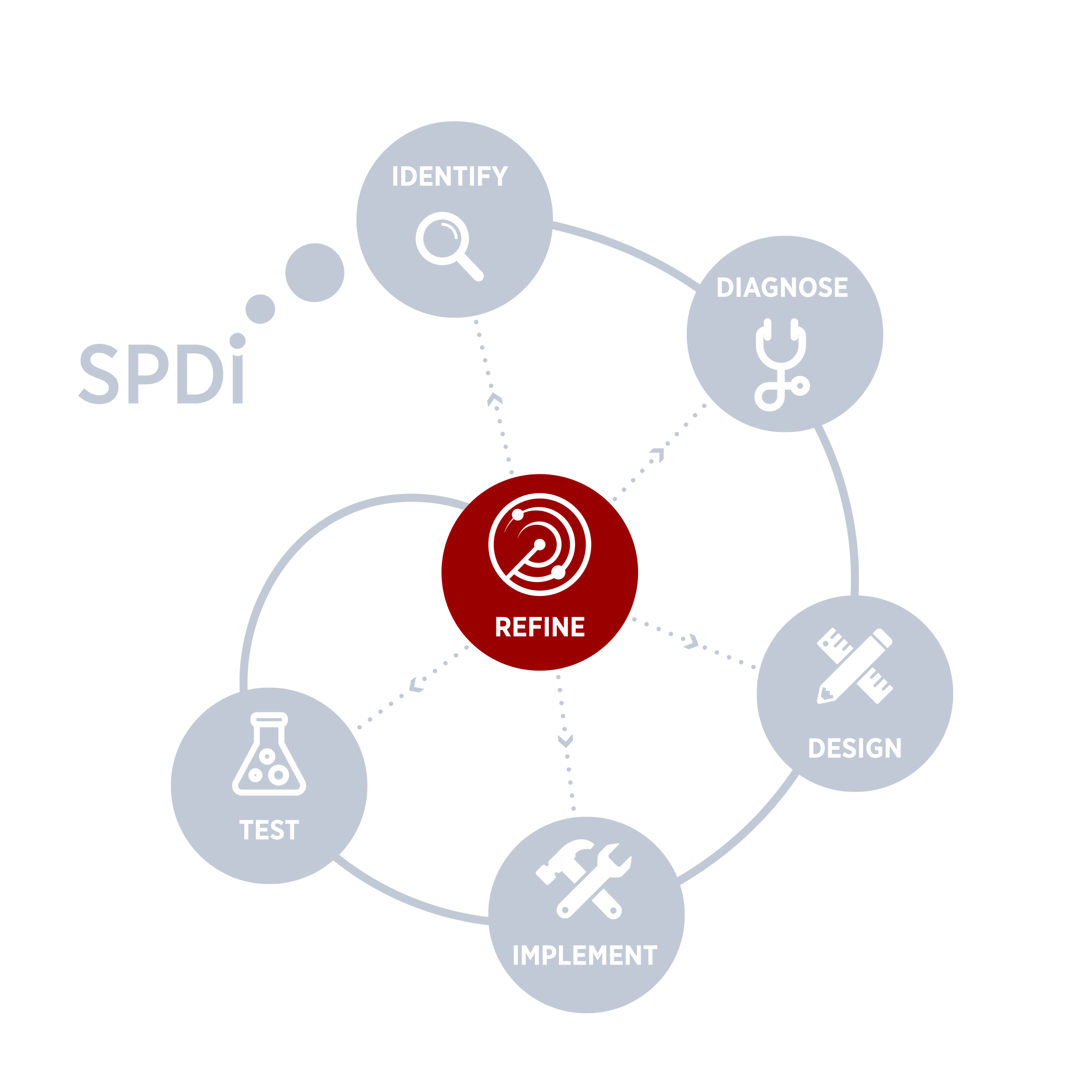Improving the targeting of cash transfer programs in Indonesia
Indonesia’s Direct Cash Assistance (Bantuan Langsung Tunai) program is one of the largest targeted cash transfer programs in the developing world. Targeted cash transfer programs are growing more prevalent as a potentially important tool for assisting poor families. However, developing country governments often have difficulty ensuring these programs reach the people they are intended to support. Targeting, or correctly identifying households that qualify for assistance, can be challenging in the absence of reliable income data because much of the population works in the informal sector. Read below to see how the Indonesian government partnered with the World Bank, a local NGO (Mitra Samya), and researchers affiliated with Evidence for Policy Design (EPoD) at Harvard Kennedy School and the Abdul Latif Jameel Poverty Action Lab (J-PAL), to improve targeting of a cash transfer.












